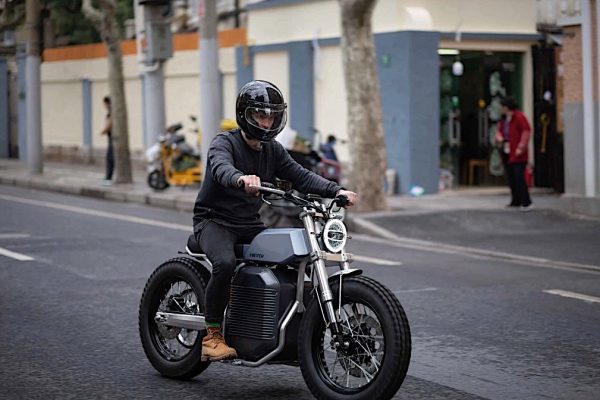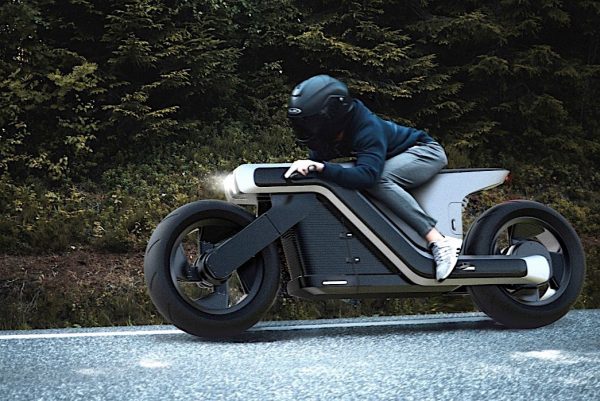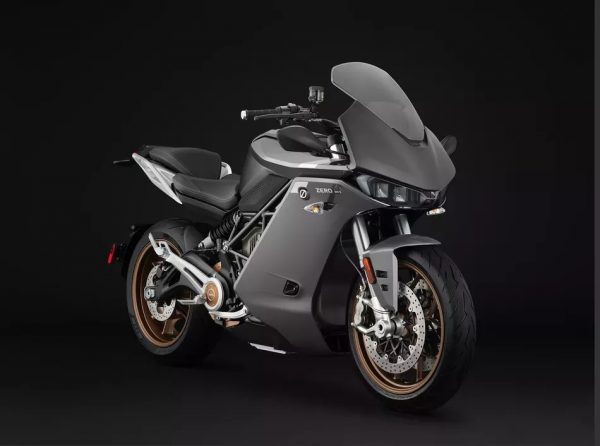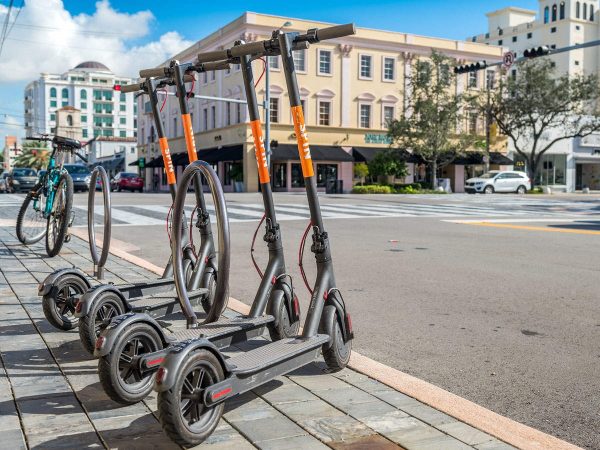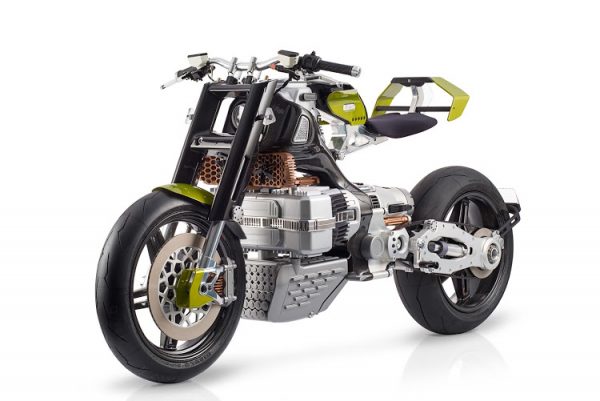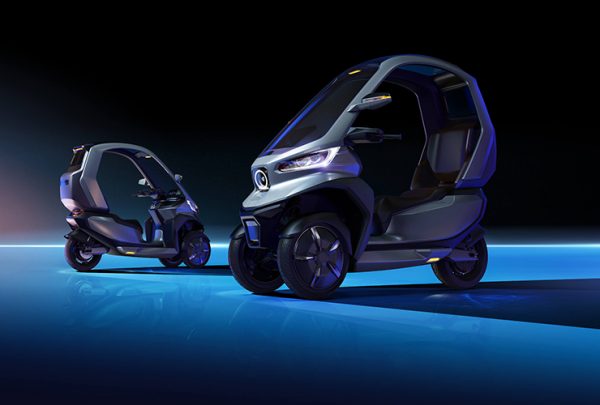Time to “Switch” to the eSCRAMBLER Motorcycle
by Eduard Pana from https://www.autoevolution.com/ While most of the designs of modern electric bikes have futuristic looks and maybe not-so-practical angles, the Switch bike keeps the classy retro scrambler look, which is greatly appreciated by the old-school bike enthusiasts. Matthew Waddick has made a collaboration with Michel Riis in order to achieve a simple, yet functional and sporty electric bike. The base concept started from the eTRACKER concept, getting beefed up with a more powerful motor and a larger battery. The main performance points the bike should tick are: reaching a top speed of 150 kph (93 mph), a 0-100 kph (0-62 mph) acceleration time of 3.2 seconds and a realistic range of around 150 km (93 miles). And it looks like the prototype checks them all. In my opinion, this e-bike looks even more retro than some real cafe racers. Just the fact that Riis and Waddick designed a “fuel tank” to hide all the cables and magic circuits that manage the motor, and also to keep the non-electric look, is really sleek. Even the frame has the classic dual pipes going under the battery (in this case), just like most classic bikes. The motor was placed onto the swingarm, keeping a clean look of the rear wheel, and also making tire changing a much easier job, than if the motor had been placed into the wheel itself. The bike also has built-in GPS tracking, three power delivery modes, cruise control (who would need that on a scrambler?) and of course, an ABS system. Supposedly, this is the system that has postponedthe launch date for so long, because it needs a lot of testing and fiddling in order to make it work as intended. Switch claims that a road-legal eSCRAMBLER will be available in 2022, so if you want […]
Time to “Switch” to the eSCRAMBLER Motorcycle Read More »

